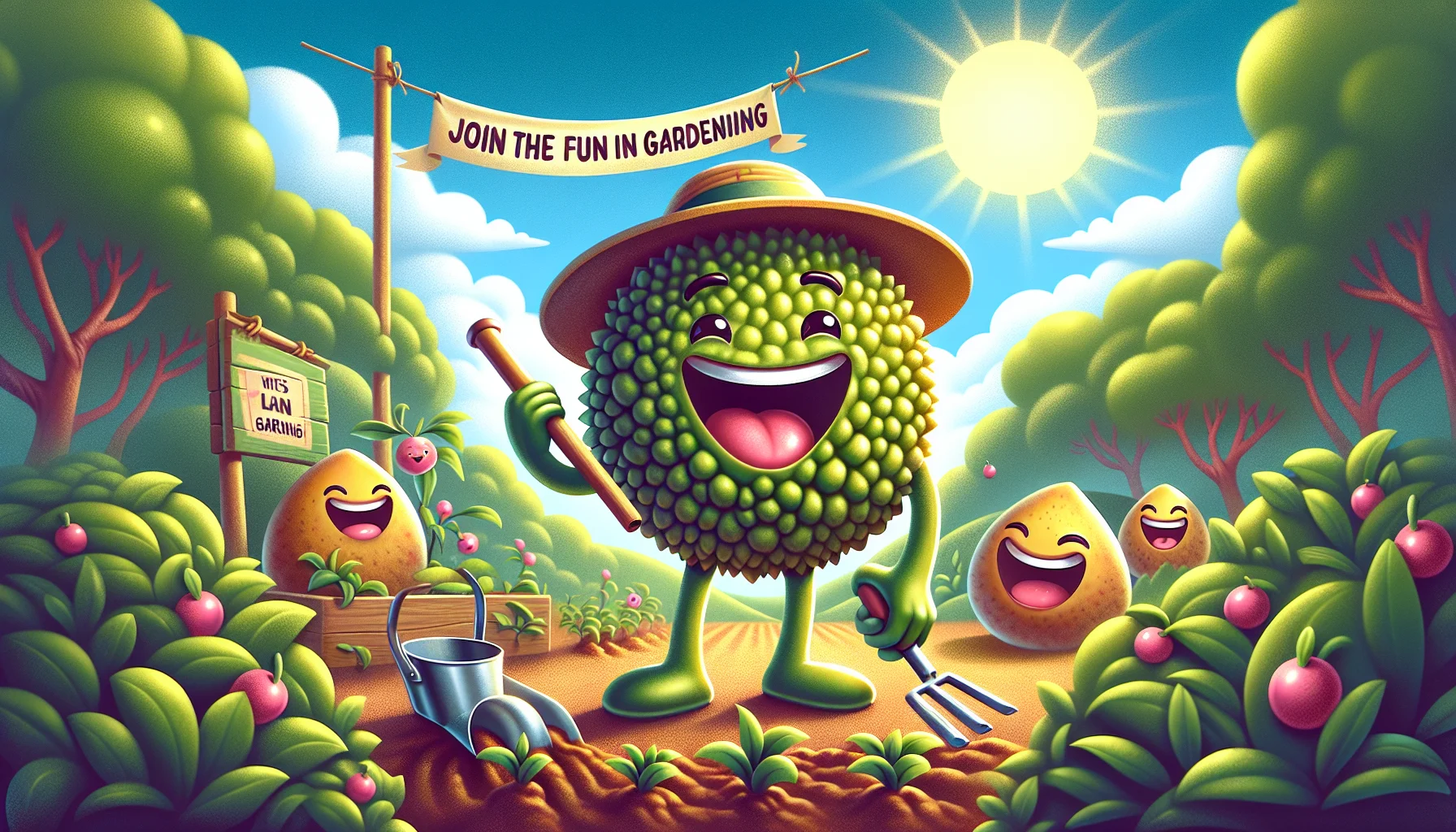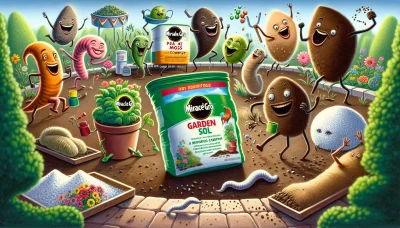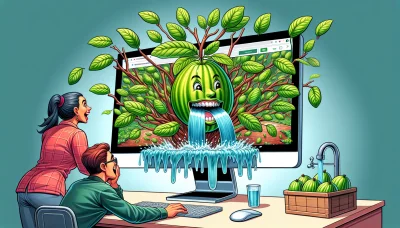Litchie Quiz
Test Your Knowledge
Question of
Introduction to Litchi Cultivation
Litchi, a delicious and exotic fruit, thrives in subtropical climates and requires specific conditions to flourish. To successfully grow litchies in your garden, start by choosing a sunny spot with well-draining soil. Litchies prefer slightly acidic to neutral soil pH. It's crucial to ensure that the young trees are well-watered, especially during their formative years, to establish a strong root system. However, they do not tolerate standing water, so good drainage is essential. Mulching can help retain soil moisture and regulate soil temperature. Litchies also require protection from wind, which can damage branches and fruit. With patience and proper care, your litchi trees will begin to bear fruit in a few years, offering a sweet reward for your efforts.
Choosing the Right Soil for Litchies
Litchies, known for their sweet and fragrant fruit, require specific soil conditions to thrive. The ideal soil for litchie cultivation is well-drained, slightly acidic, and rich in organic matter. While litchies can adapt to a range of soil types, certain characteristics can significantly enhance their growth and fruit production. Ensuring the soil meets these criteria is crucial for a successful litchie orchard.
- Well-drained soil to prevent root rot.
- pH levels between 5.5 and 6.5, favoring slight acidity.
- High organic matter content to provide essential nutrients.
- Loamy soil texture, which is ideal for root penetration and moisture retention.
- Adequate fertility to support growth and fruiting.
Litchie Plant Care and Maintenance
Litchie plants, known for their delicious fruit, require specific care practices to thrive. Watering is crucial, especially during dry periods, to ensure the soil remains moist but well-drained. Over-watering or allowing the plant to sit in water can lead to root rot. Pruning is another essential aspect of litchie plant care. It helps to maintain the plant's shape, remove any dead or diseased branches, and encourage healthier, more productive growth. Pruning should be done carefully to avoid damaging the plant. Fertilization is also important for litchie plants. A balanced fertilizer applied during the growing season can promote vigorous growth and fruit production. However, it's important to follow the recommended rates and not over-fertilize, as this can harm the plant.
Pest and Disease Management in Litchie Plants
Litchie plants are susceptible to various pests and diseases that can significantly impact their health and fruit production. Common pests include the litchi fruit borer, which damages the fruit, and the leaf miner, which affects the leaves. Diseases such as anthracnose and powdery mildew can also pose serious threats to litchie plants, leading to fruit rot and foliage damage, respectively.
Prevention and treatment methods include:
- Regular monitoring of the plants for early detection of pests and diseases.
- Practicing good sanitation by removing and destroying infected plant parts.
- Ensuring proper air circulation around the plants to reduce humidity and disease risk.
- Using organic or chemical pesticides and fungicides as needed, following the manufacturer's guidelines.
- Introducing natural predators of the pests into the garden to maintain ecological balance.
Harvesting and Storing Litchies
Litchies, known for their sweet and fragrant fruit, should be harvested at the right time to ensure maximum flavor and freshness. The ideal time to harvest litchies is when they have fully ripened on the tree, typically indicated by their bright red color. It's important to wait until they are fully ripe, as litchies do not continue to ripen once picked. To harvest, gently twist the fruit until it snaps off from the branch. Avoid pulling the fruit directly, as this can damage both the fruit and the tree.
To store litchies and maintain their freshness, start by placing them in a perforated plastic bag to allow for some air circulation. Then, store the bag in the refrigerator's crisper drawer. This method can help maintain their quality for up to a week. For longer storage, you can peel the litchies, remove the seed, and freeze the pulp in an airtight container. Frozen litchie pulp can be used for up to six months, making it a great way to enjoy the fruit's flavor long after the harvest season has ended.
Benefits of Growing Litchies
Growing litchies at home brings a myriad of health benefits and environmental advantages. Healthwise, litchies are packed with Vitamin C, which boosts the immune system, and antioxidants that help fight inflammation and improve digestive health. They also contain a good amount of fiber, aiding in digestion and promoting a healthy gut. From an environmental perspective, litchie trees contribute to air purification, carbon sequestration, and provide a habitat for various species of birds and insects. Additionally, cultivating litchies locally reduces the carbon footprint associated with transporting them from far-off places, making it a sustainable choice for both your health and the planet.
Litchie Varieties and Their Characteristics
| Variety | Characteristics | Suitability to Climates | Suitability to Soil Types |
|---|---|---|---|
| Mauritius | Large fruit with small seed, sweet taste | Warm subtropical | Well-drained, slightly acidic |
| Brewster | Large, red fruit, juicy | Subtropical to tropical | Rich, organic, well-drained |
| Haak Yip | Sweet, aromatic, heart-shaped | Tropical | Fertile, well-drained |
| Sweet Cliff | Highly sweet, small to medium size | Warm subtropical | Loamy, well-drained |
| Early Large Red | Early maturing, large size | Subtropical | Well-drained, rich in organic matter |












